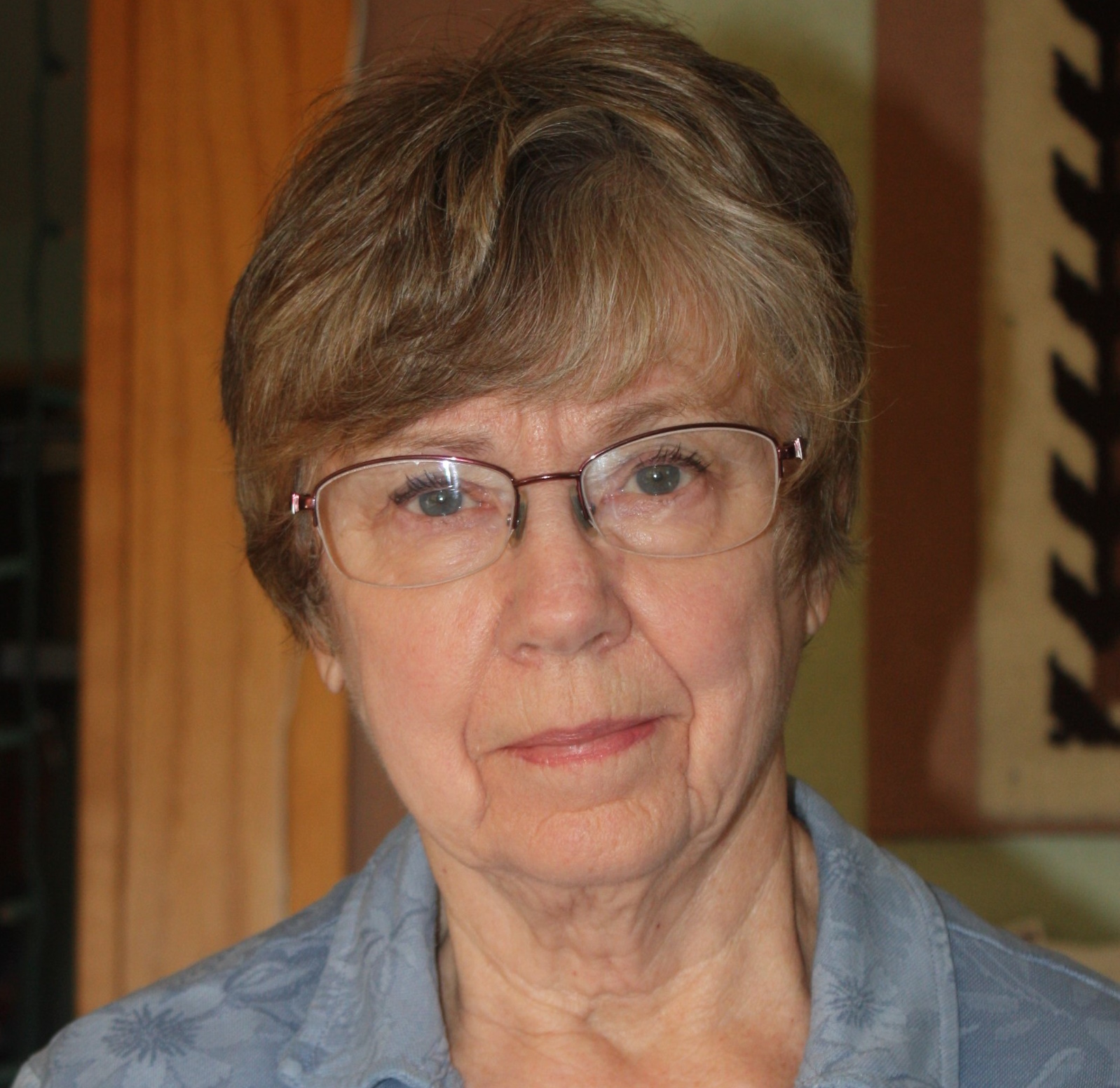Water Issues Addressed at South Broadwater Community Planning Meeting
 | Author:
Nancy Marks
Nancy Marks: MT43 News Secretary and News Editor |
Water Issues Addressed at South Broadwater Community Planning Meeting
MT 43 News Staff Reporter
South Broadwater residents learned at a county planning meeting drilling for water in their area is a complicated issue. The second County Technical Assistance Program (CTAP) meeting for South Broadwater met at Bridger Brewing near Three Forks on November 8.
Senior Hydrogeologist Kurt Zeiler drew a bleak picture of water availability in South Broadwater County. Zeiler who works for the Bureau of Mines and Geology pointed out the various kinds of rock that lie below South Broadwater including gravel, clay, shale, granite and limestone. His bureau does work locating where groundwater lies in these various geological areas.
Zeiler explained Broadwater County sits above four main types of hydrogeologic units all of which can contain water. Recent sedimentary deposits can yield up to 900 gallons per minute (gpm). Older sedimentary rock deposits only yield up to 50 gpm while granite and volcanic deposits will yield very little water. The fourth unit is the Madison Group Limestone rock formation which, if the well can be drilled deep enough, can yield up to 250 gpm. The Madison Group Limestone rock formation has folded and faulted over millions of years resulting in less chance of finding water in it. “I would give little hope of finding adequate water for large populations in this area because of the formation,” he said.
Zeiler’s statistic graphs showed how population growth in the area has changed the number of existing domestic wells in the area. In 1950, his records show 250 wells in South Broadwater County. In 2020 the wells on file were 3,700. All well drillers’ logs are maintained by the Bureau and are on its database.
Zeiler said few water studies have been done in Broadwater County. Montana Bureau of Mines does have two wells in Broadwater County located off Price Road. The 930-foot wells have been monitored since 1994. Zeiler showed short-term data on the wells and how they are affected by annual precipitation. Zeiler said they have no data on long-term trends in groundwater levels. “We need more time to get better data,” he concluded.
Water Rights Specialist Kyle Mace met South Broadwater residents’ water concerns head-on with his discussion of how water in Montana is allocated. Mace who works for the Department of Natural Resources (DNRC), explained water rights by using the term “first in time, first in right.”
All water rights filed for before July 1973 are recognized through the 1972 Constitution as owned solely by the people who filed them. “Water rights are like property rights,” he said,” they go with the land. They are tied to the land and can only be severed legally.”
Mace stated water rights are allocated in 85 basins, or major water drainages in the state. Broadwater County lies in the middle of four different basins.
The rights have been closed in a final decree by the water court in Bozeman. The big picture, he said, is that these legal water rights protect our use before the water leaves the state.
New homeowners’ only option for a new water right is to file for a certificate from DNRC for an exempt well for home use. Exempt wells are limited to 10- acre-feet per year. “This is up to the homeowner. He must file for the certificate after he drills the well," he said.
As subdivisions become more populated with more wells drilled, area water becomes depleted as the drawdown is more than is replaced in the aquifer.
Developers then have the option of drilling a central well, with a planned large-use system. This plan involves buying no longer-used rights from someone who owns upstream rights. The process of transferring those rights is a long and legally technical road, he explained. A second choice for a developer or a water district would be to file for a water contract to buy water from the Bureau of Reclamation which holds 300,000- acre-feet in Canyon Ferry Reservoir.
Mace gave as an example the Eastgate Water and Sewer District which serves the East Helena area. The members formed a water district to purchase existing water rights as well as completing a contract with DNRC for the additional water they needed.
Jamie Erbacher, senior Land planner for WGM Engineering firm, gave a brief overview of her organization’s role in helping Broadwater County update its 2017 Growth Plan. She pointed out that the growth policy is regulatory, not law. She explained the importance of a land use plan which helps guide development with protected public and agricultural land along with places for affordable residential housing and economic development. Her example was a 187-acre subdivision in Missoula which included 40 acres of farmland along with mixed development of cluster housing and small-scale commercial areas.
Others who attended the meeting were Montana Department of Commerce community and land planners Dani Arps and Gus Byrom. All three of Broadwater County commissioners were in attendance as was County Planner Nichole Brown.